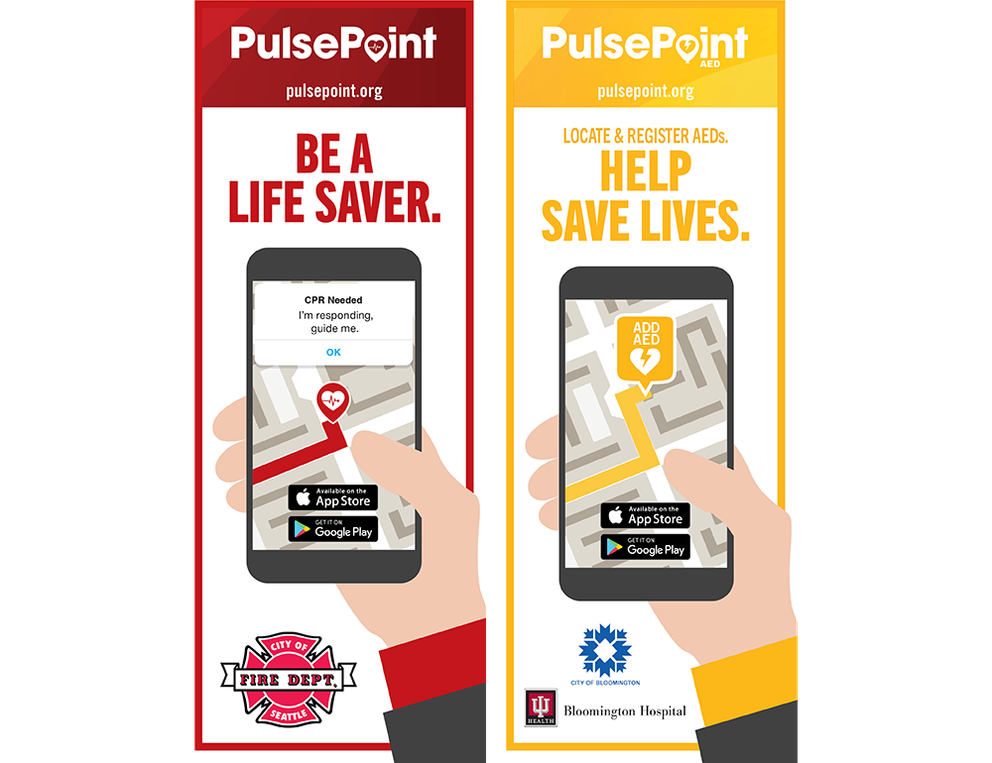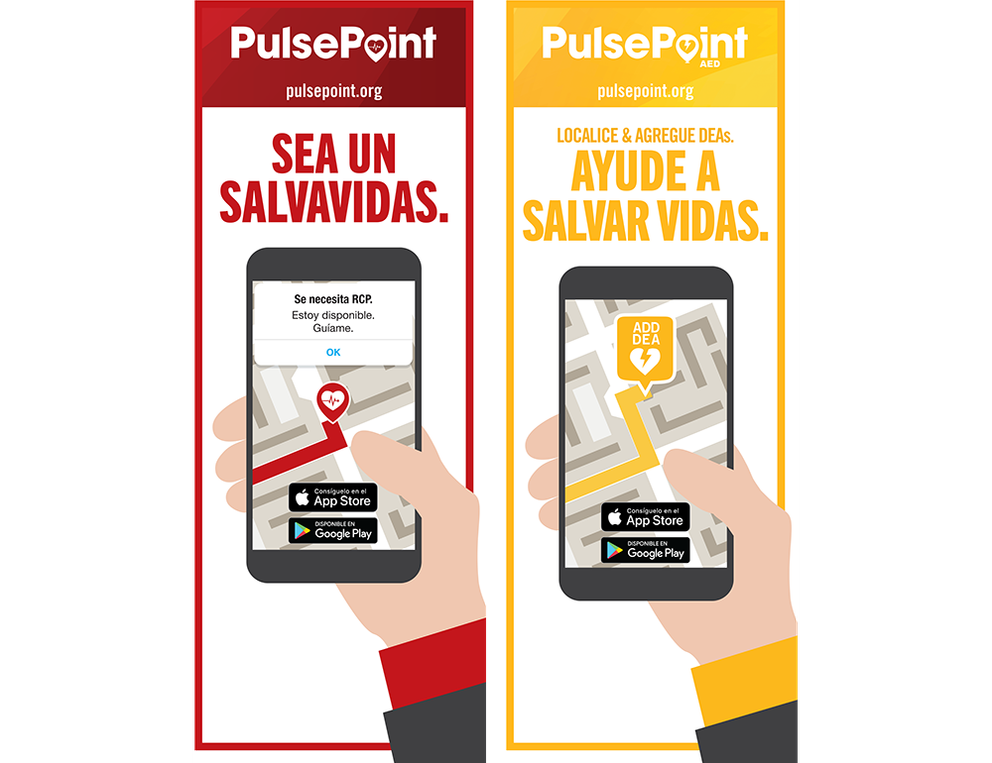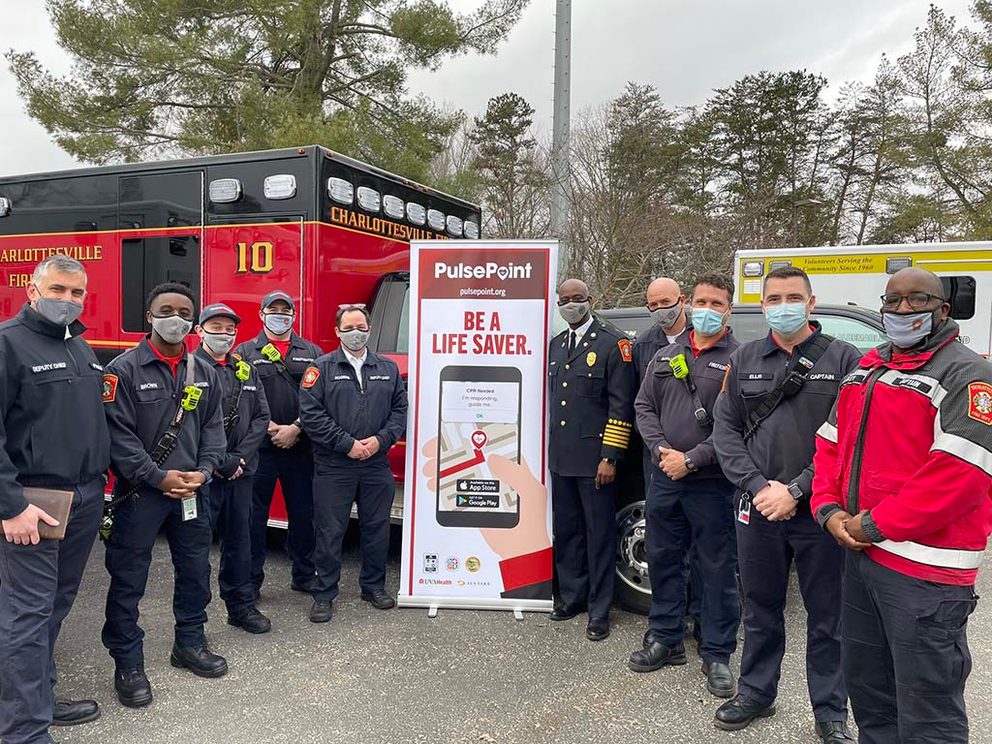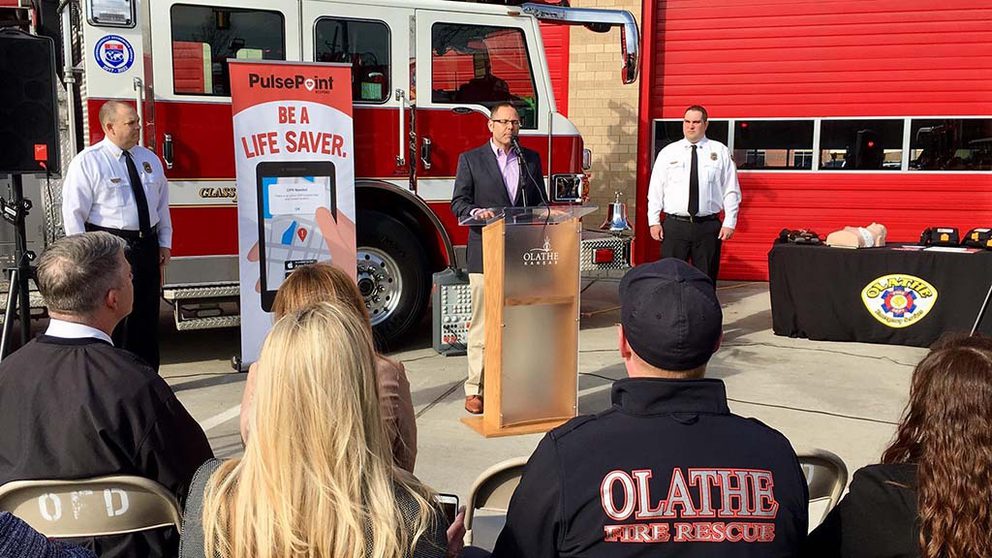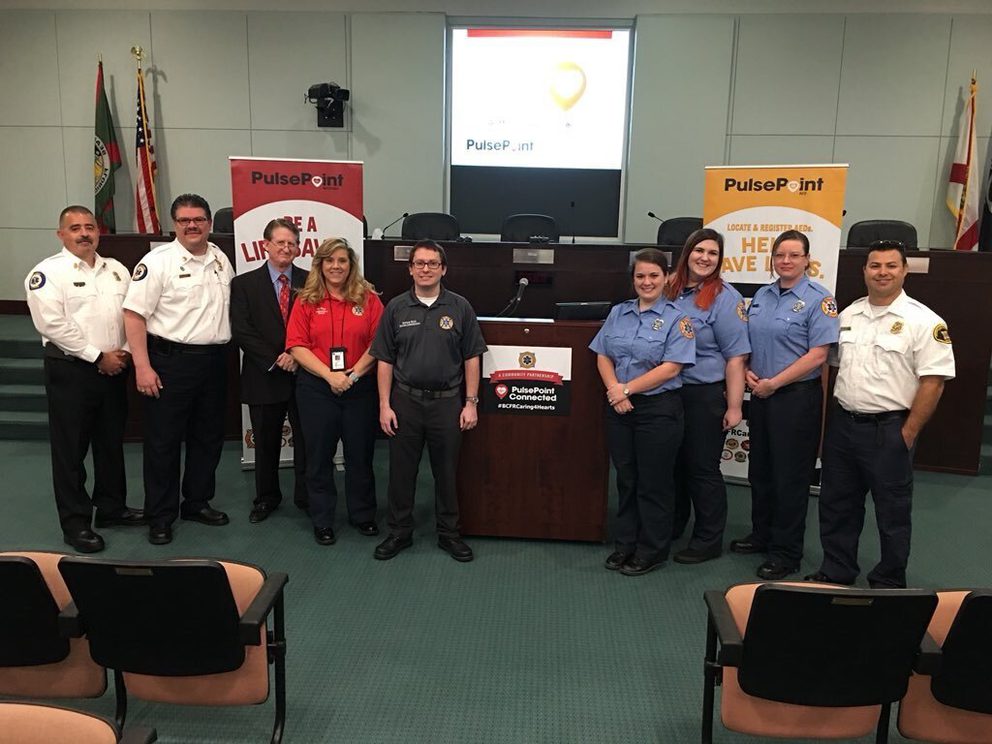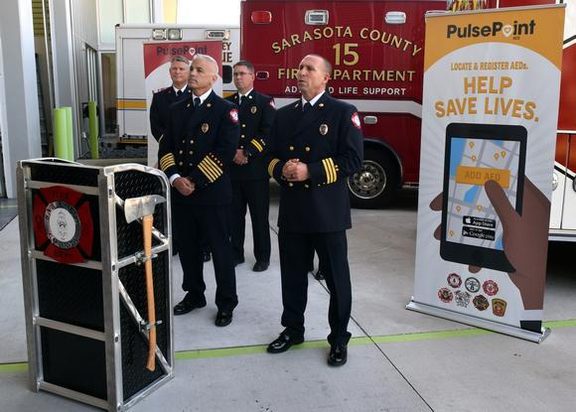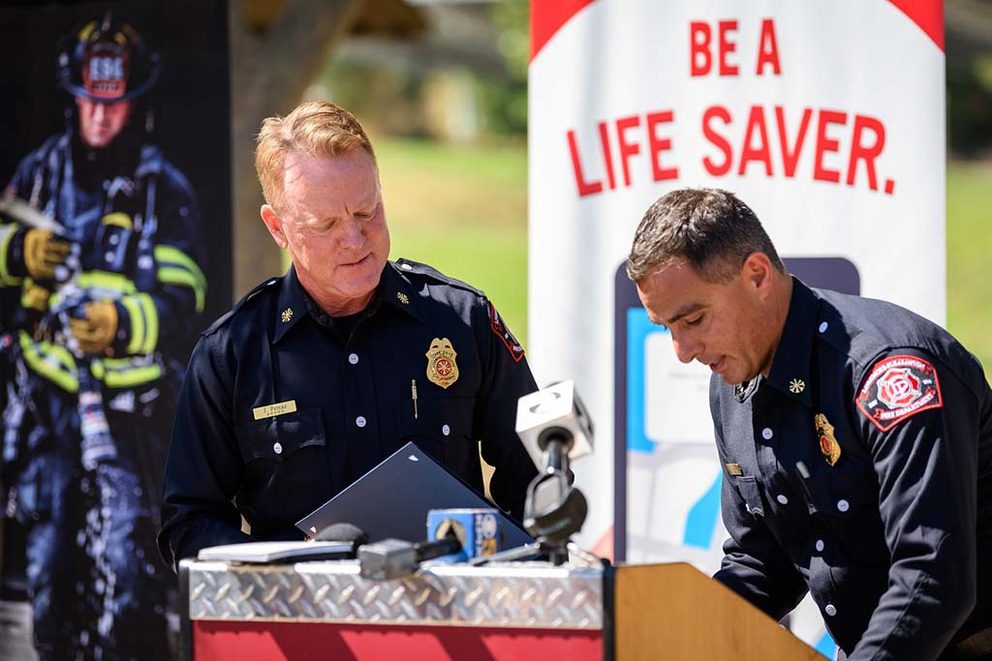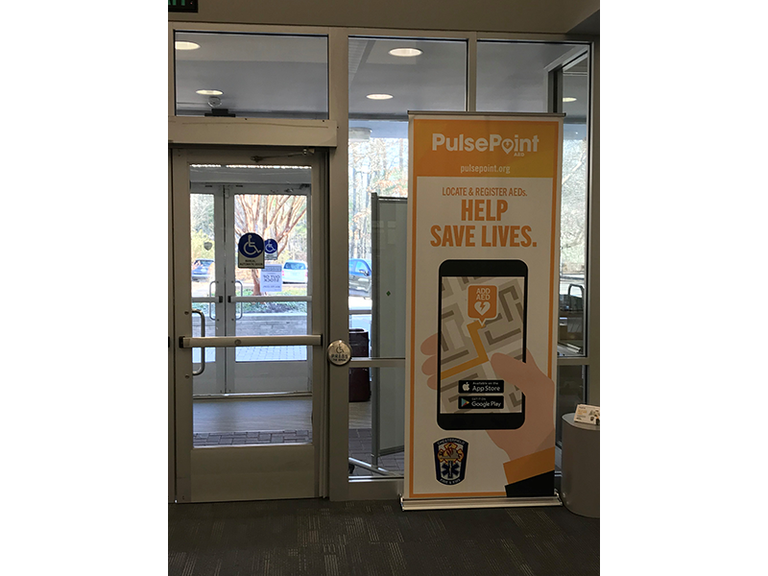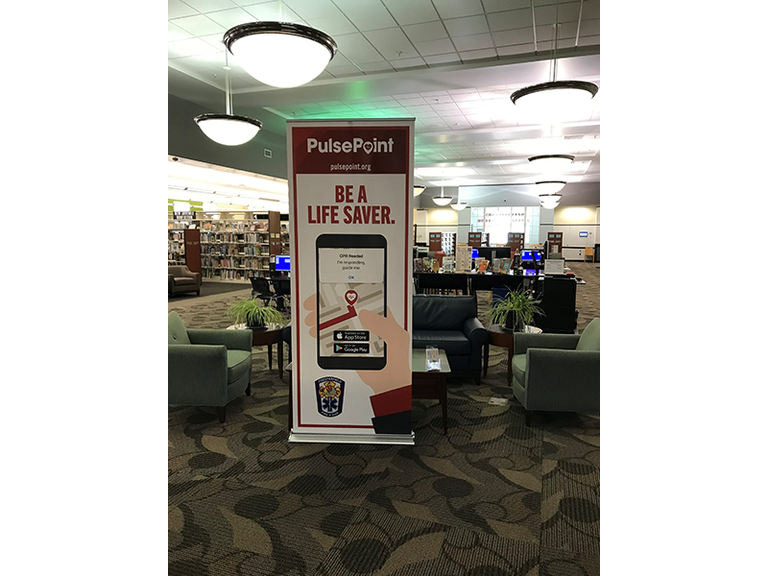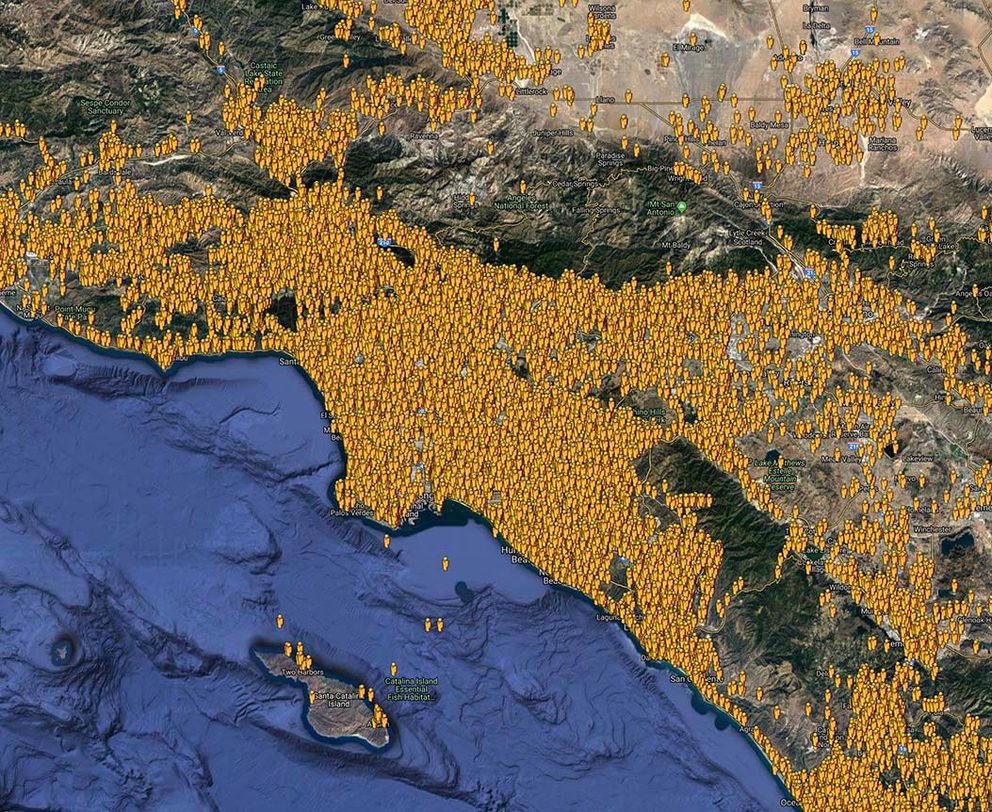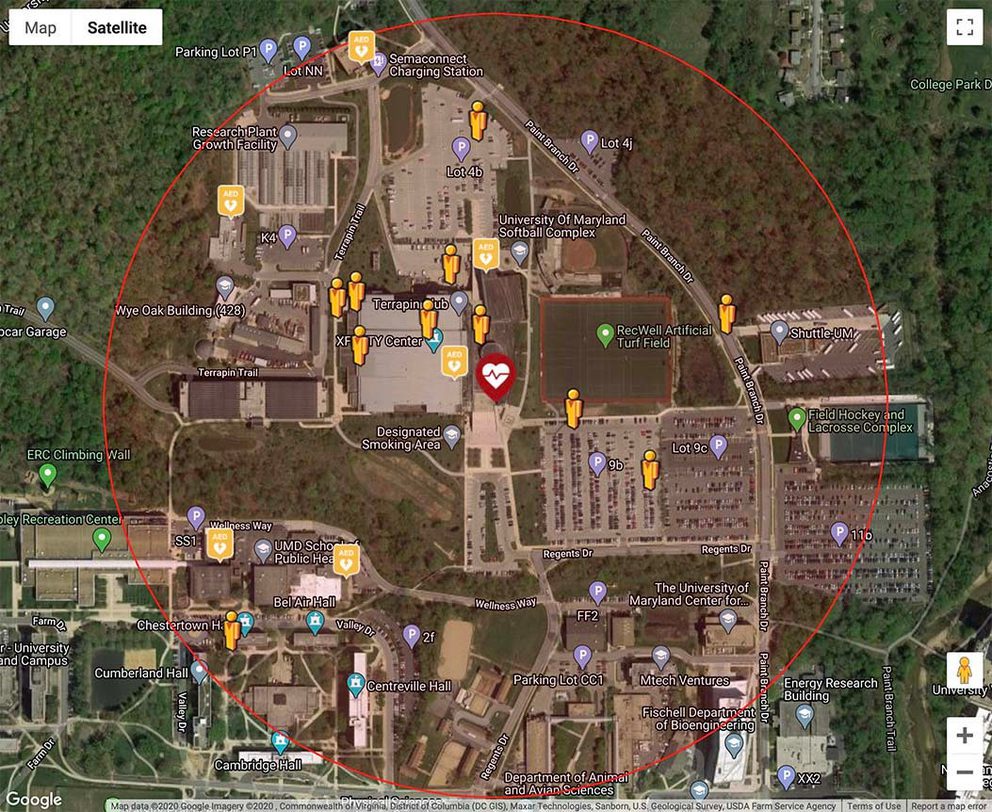Engagement Videos
Community Engagement
Building Internal Support
Successfully launching PulsePoint begins by ensuring that community stakeholders are familiar with the initiative and all program goals before the public announcement. Key colleagues at this initial stage include elected officials, command staff, employees and labor leadership, EMS partners, dispatch center and technology staff, and ancillary community organizations and sponsors.
Encouraging Community Participation
Effective community outreach is critical in encouraging citizen engagement. These videos offer a variety of methods to introduce key concepts and encourage PulsePoint participation in your community.
News Coverage
Empowering CPR-trained citizens and off-duty professionals to improve patient outcomes and save lives by reducing collapse-to-CPR and collapse-to-defibrillation times is the promise of PulsePoint.
See our latest stories on Twitter.
Press Conferences
Press conferences are commonly held to announce PulsePoint coverage in a new community. Media outlets are alerted through an advisory or news release sent to local assignment editors well in advance of the event. Speakers typically include local elected officials, fire chiefs, EMS leadership, sponsors and other dignitaries. Locations are varied but are often a fire station, city hall, community center or other public venue.
Howard County Fire & EMS
Los Angeles Fire Department
San Diego County
Los Angeles County Fire Department
Historical Perspective
In this TED Talk Richard Price describes the original inspiration for PulsePoint and the challenges of advancing a big idea.
Questions on PulsePoint? Here’s a good 3-minute overview.
Research
Reports and Research
Highlighted Report
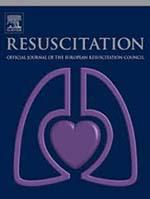
Authors
Tanner Smida, Jessica Salerno, Leonard Weiss, Christian Martin-Gill, David D. Salcido (November 11, 2021)
Findings
PulsePoint dispatches were associated with prognostically favorable OHCA characteristics and increased bystander CPR performance.
Find additional notable articles here.
App Previews
How To Use
PulsePoint Respond
PulsePoint AED
View with Android screens: PulsePoint Respond | PulsePoint AED. Tap the share icon to download or embed these videos.
App Images
Sample Map Images
Click images for larger versions.
Marketing Projects
Marketing Projects
Need inspiration for a larger marketing campaign? Check out these winning ideas from other PulsePoint agencies.
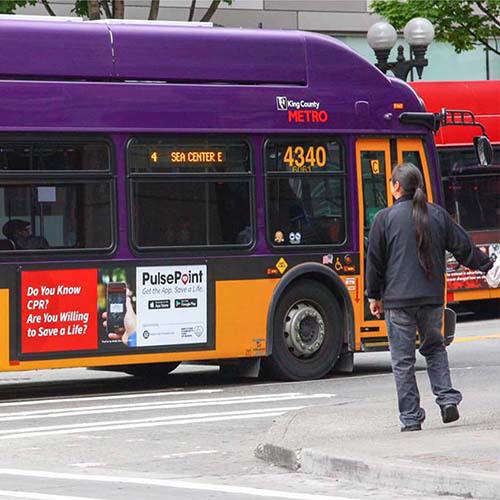
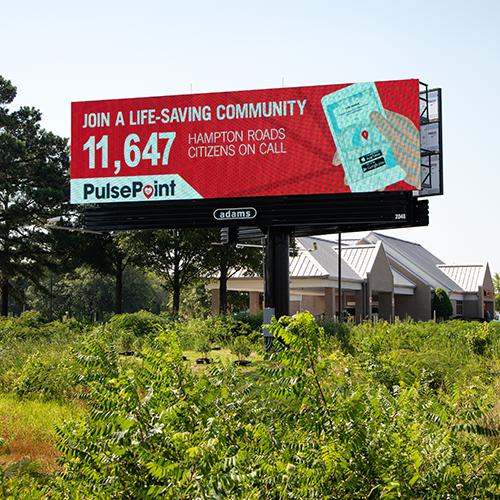
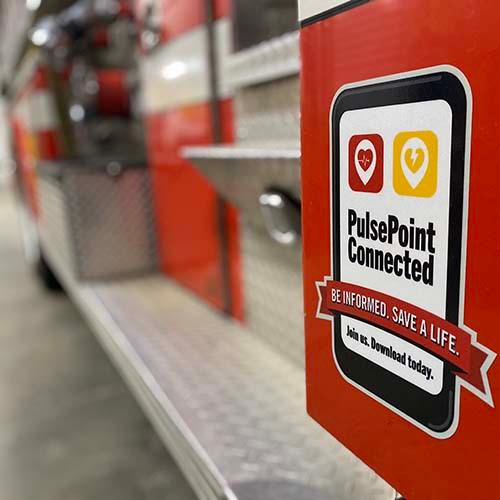
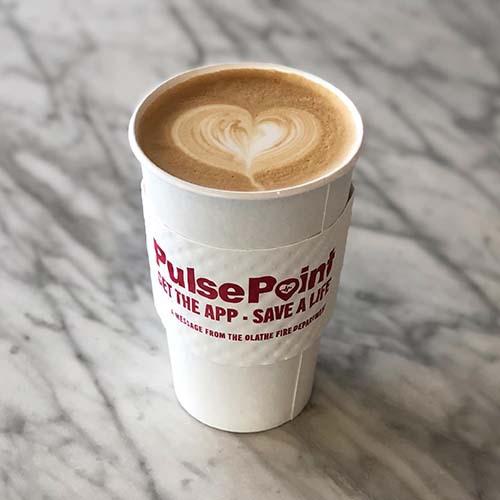
Marketing Collateral
Marketing Collateral
PulsePoint Professional Services provide a robust set of custom marketing and public relations tools to help you effectively raise awareness, drive citizen engagement and encourage adoption of PulsePoint Respond and PulsePoint AED in your community.
Together, we can ignite the lifesaving potential of CPR-trained citizen responders and help improve Sudden Cardiac Arrest outcomes.
Please take a minute to review the examples below.
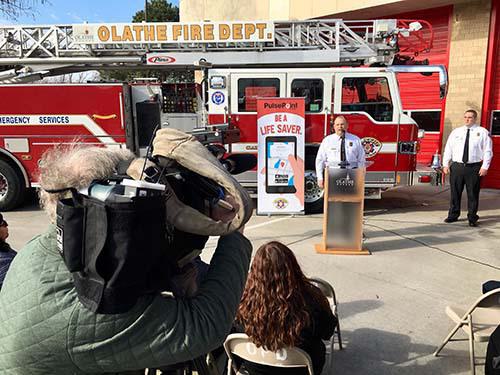
Two-Sided Postcard
This item is typically created as a two-sided 4″ x 6″ full bleed postcard featuring PulsePoint Respond on one side and PulsePoint AED on the other, customized with agency and sponsor logos. This item can also be produced as a single-sided 20″ x 30″ or 30″ x 50″ easel sign.
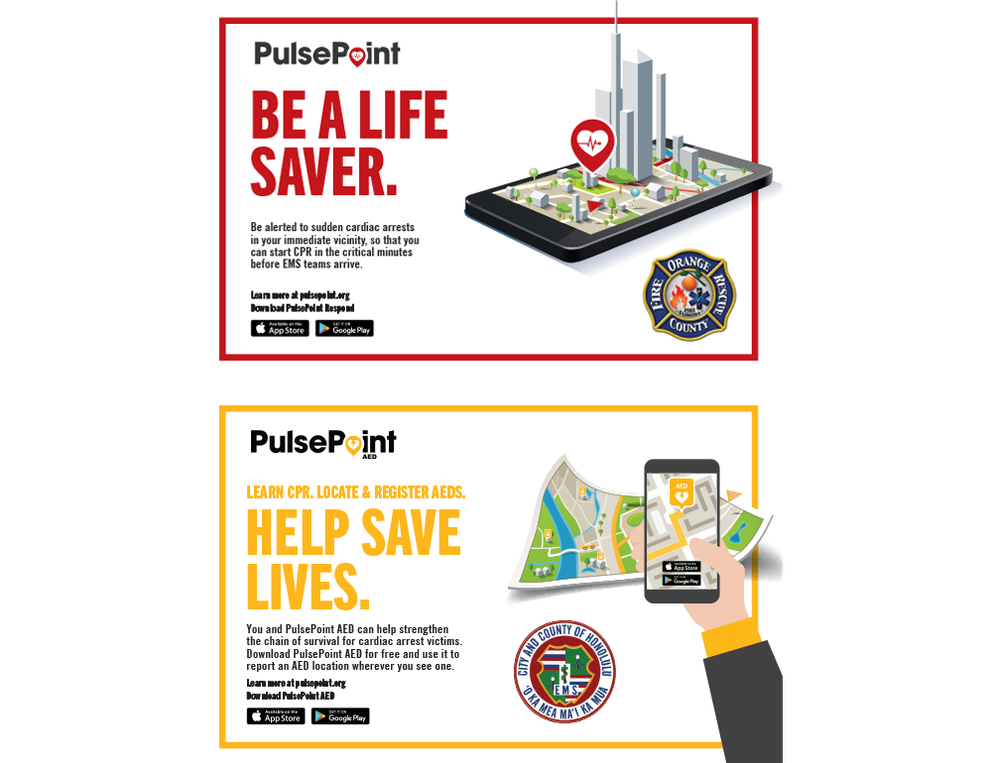
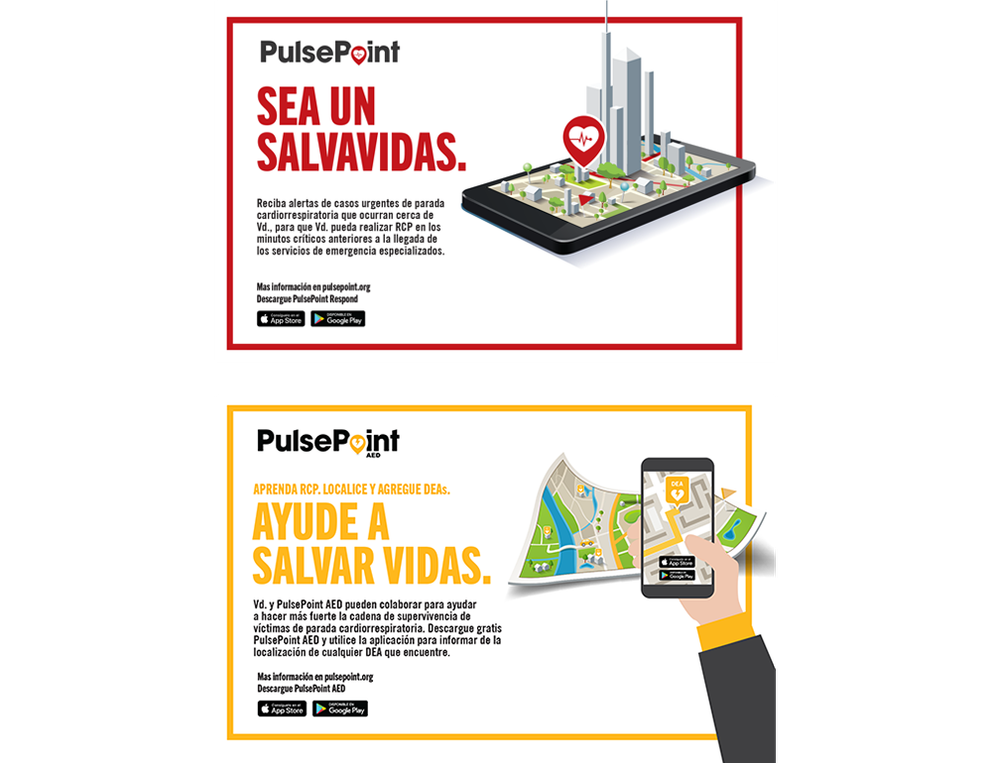
Poster
This item is typically created as a one-sided 8-1/2″ x 11″ full bleed flyer customized with agency and sponsor logos. This item can also be produced as a 20″ x 30″ or 30″ x 50″ easel sign.
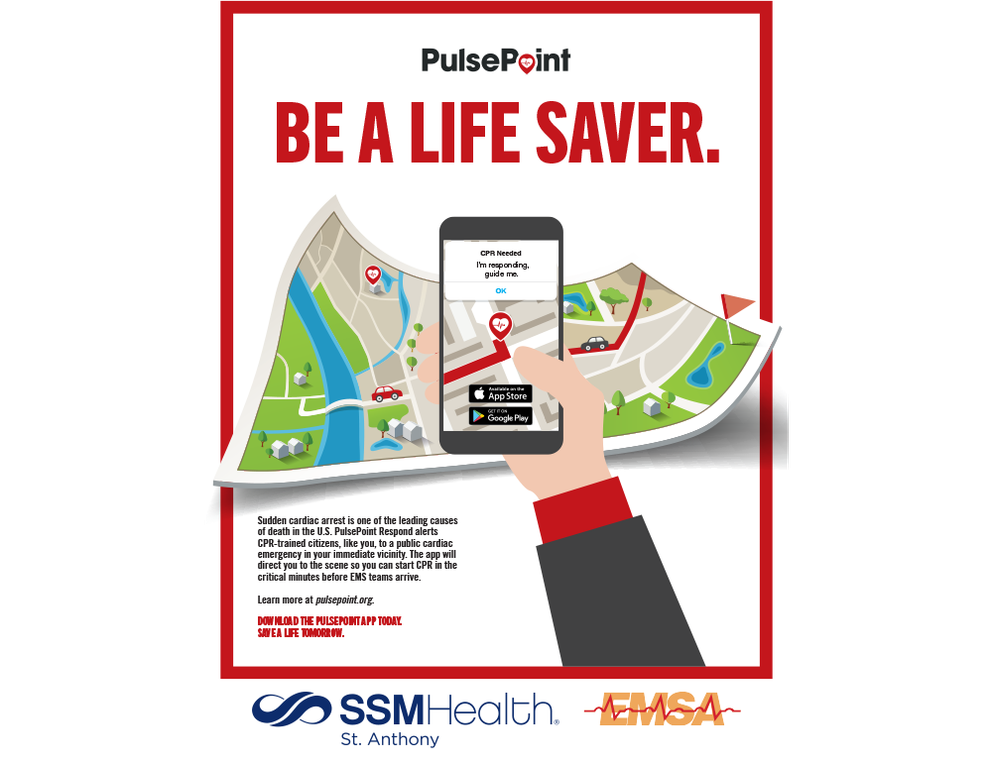
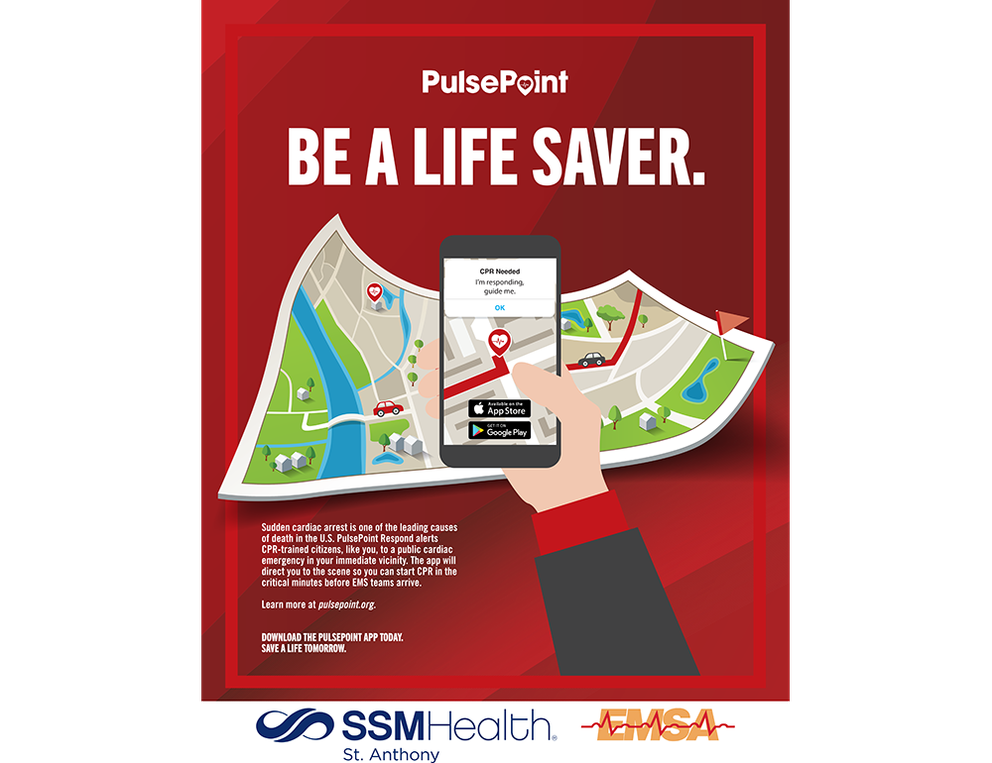
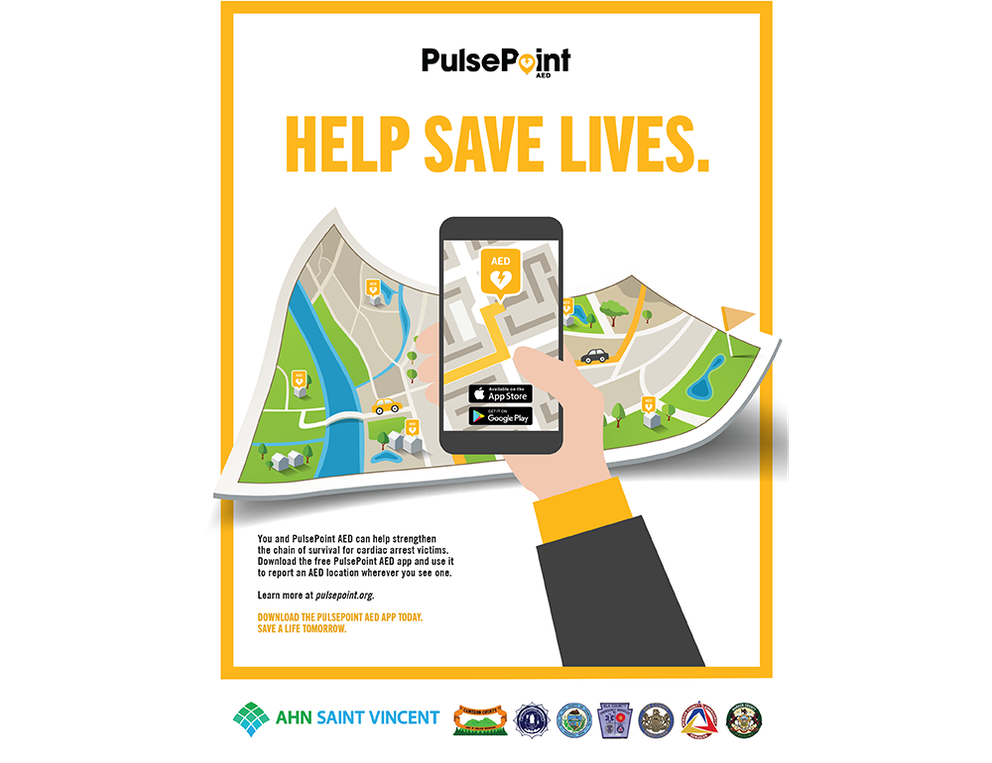
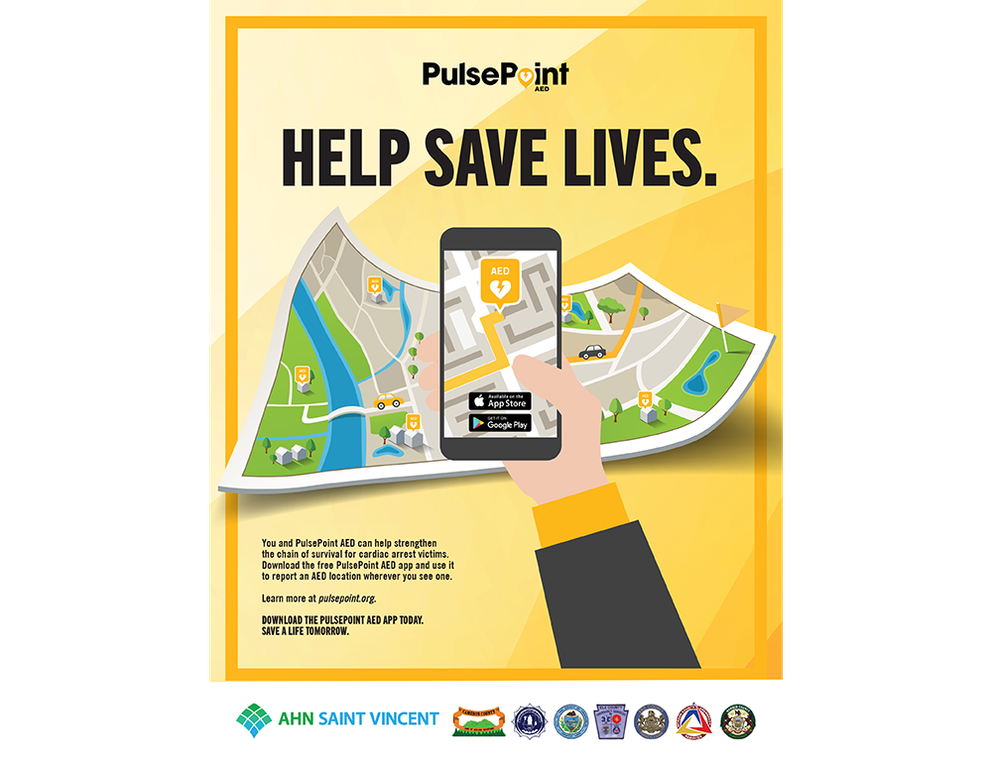
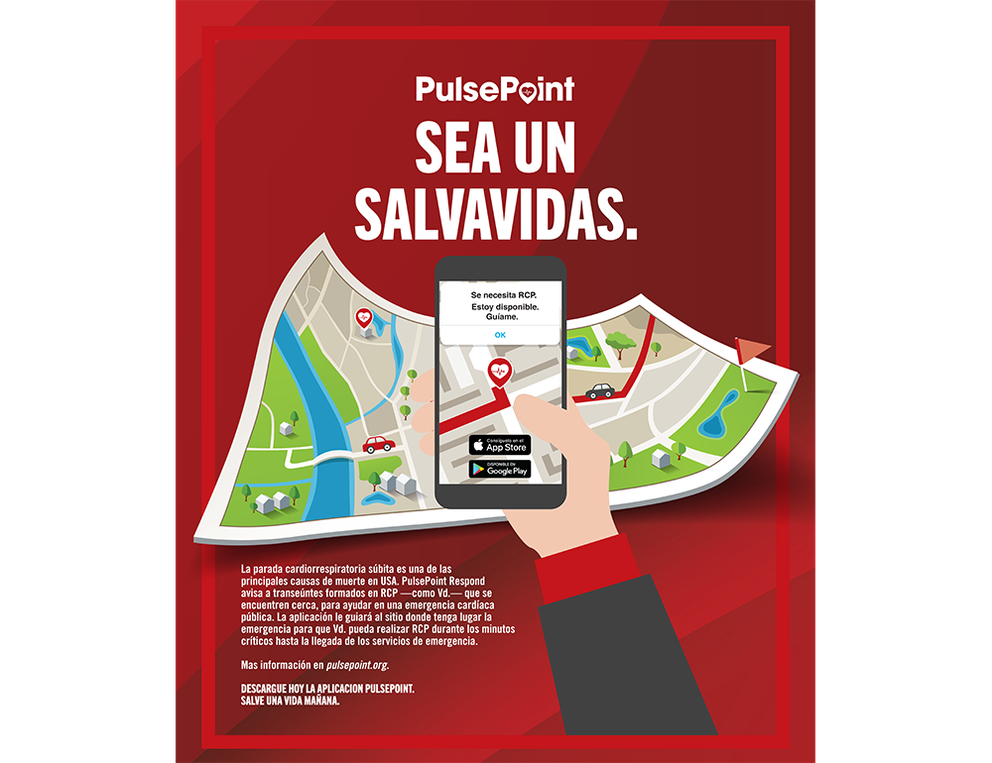
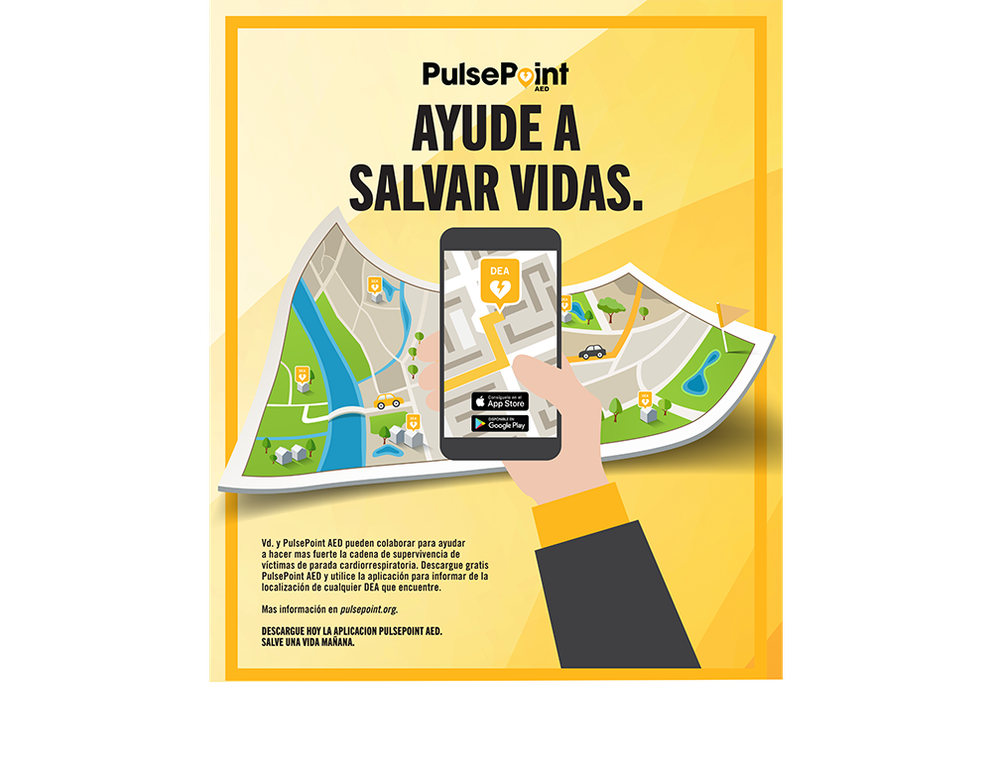
Handout Card
This item is typically created as a two-sided full bleed business card style handout or produced as a 4″ x 6″ postcard.

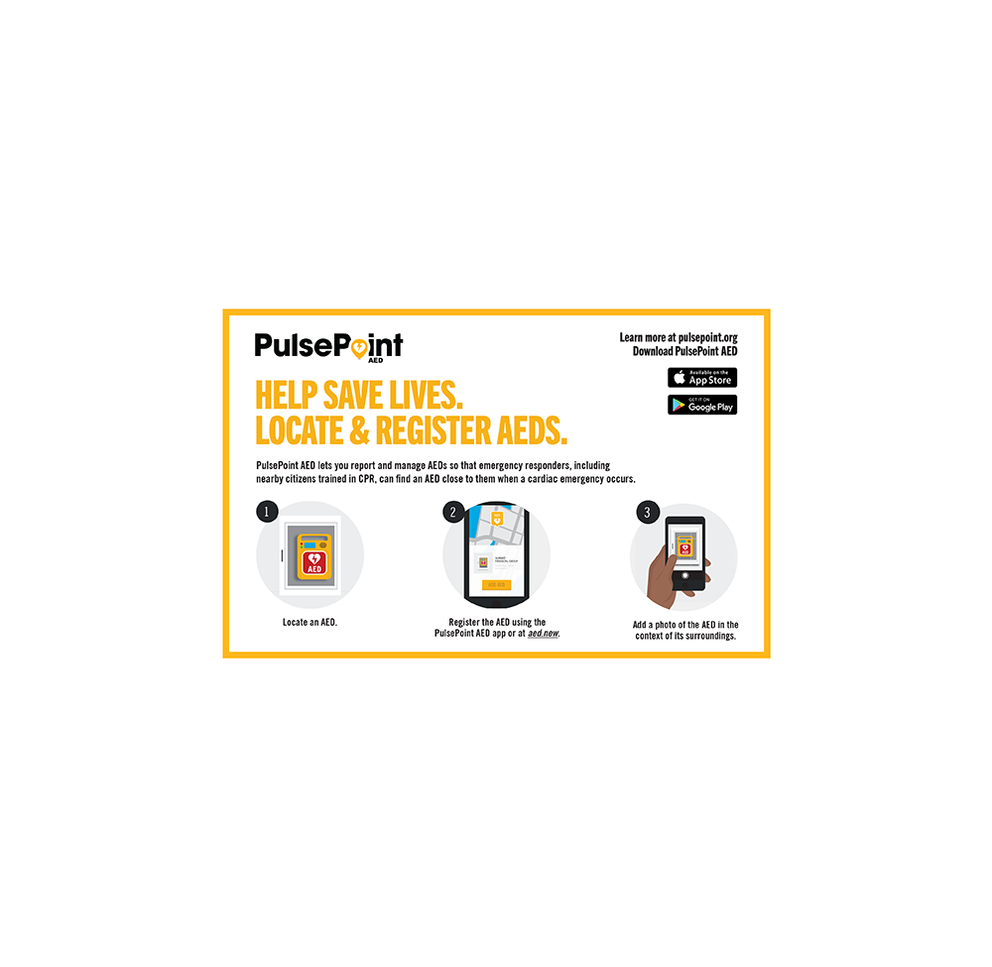
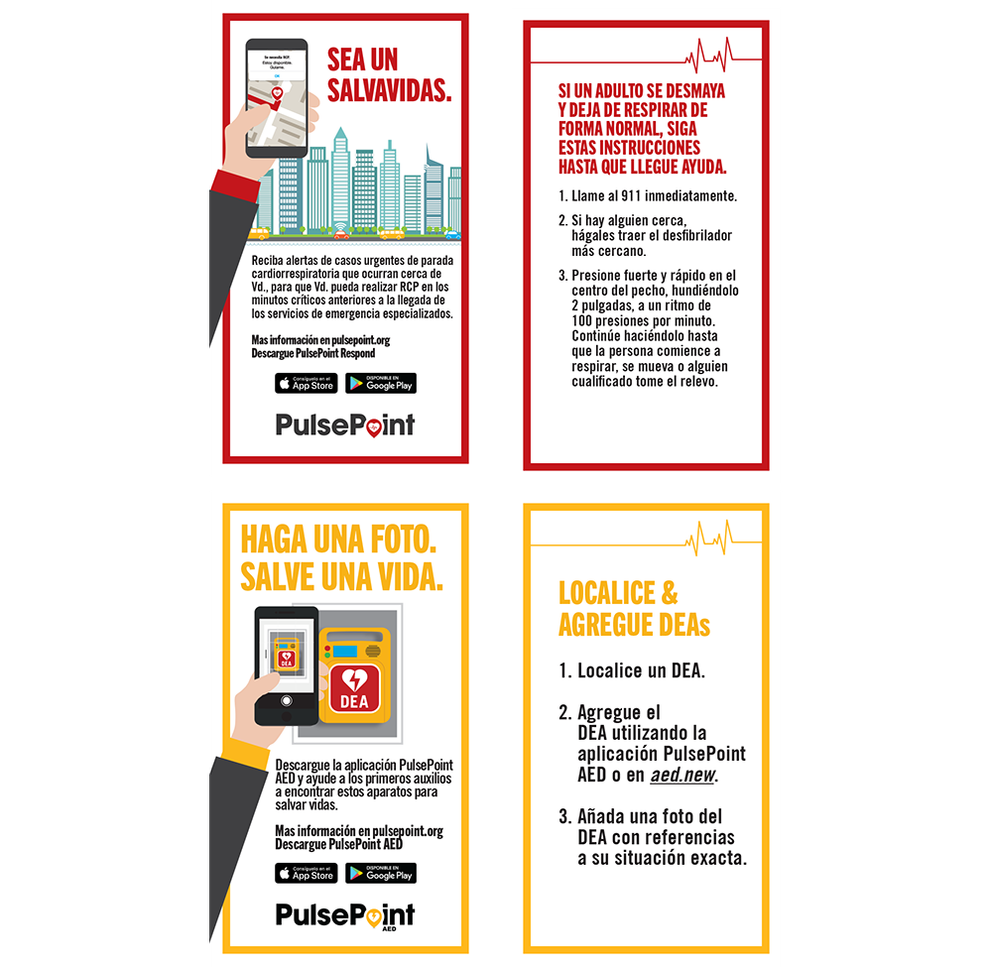
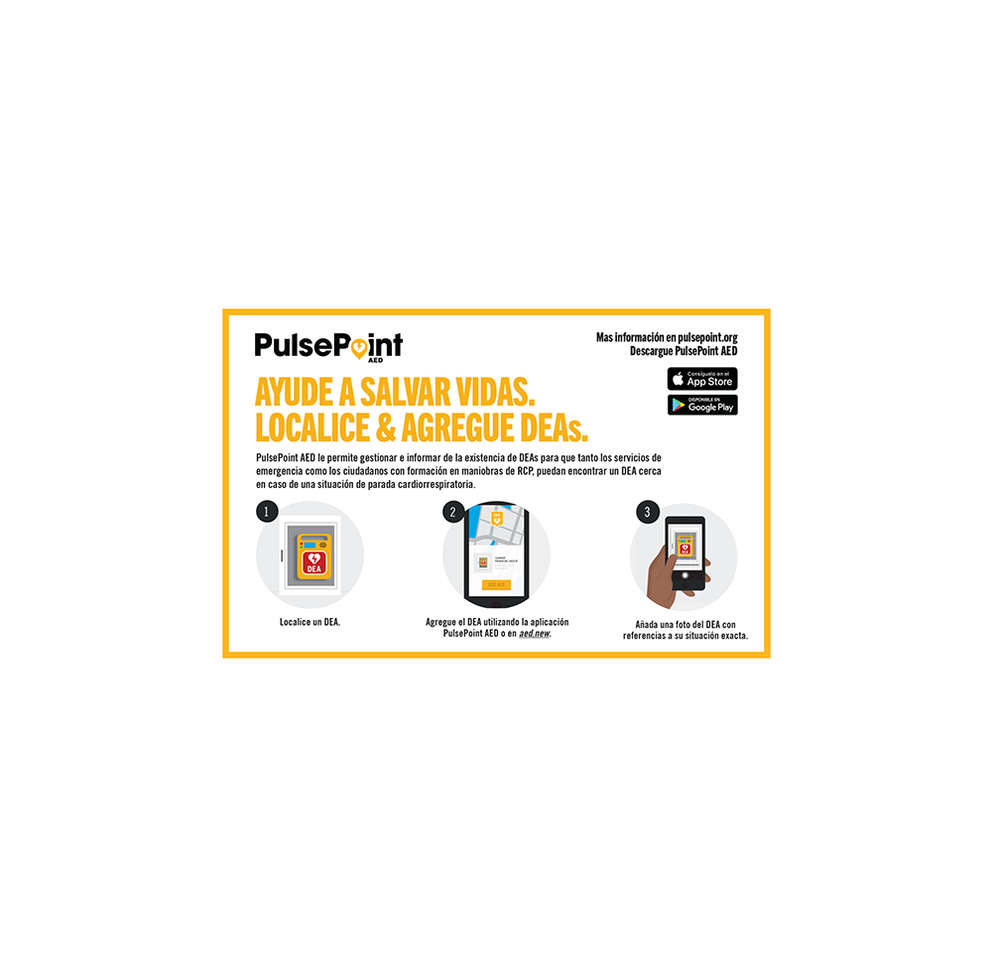
Infographic
An infographic (information graphic) is a representation of information in a graphic format designed to make the data easily understandable at a glance. Infographics can be printed or distributed as images via social media sites such as Facebook and Twitter.
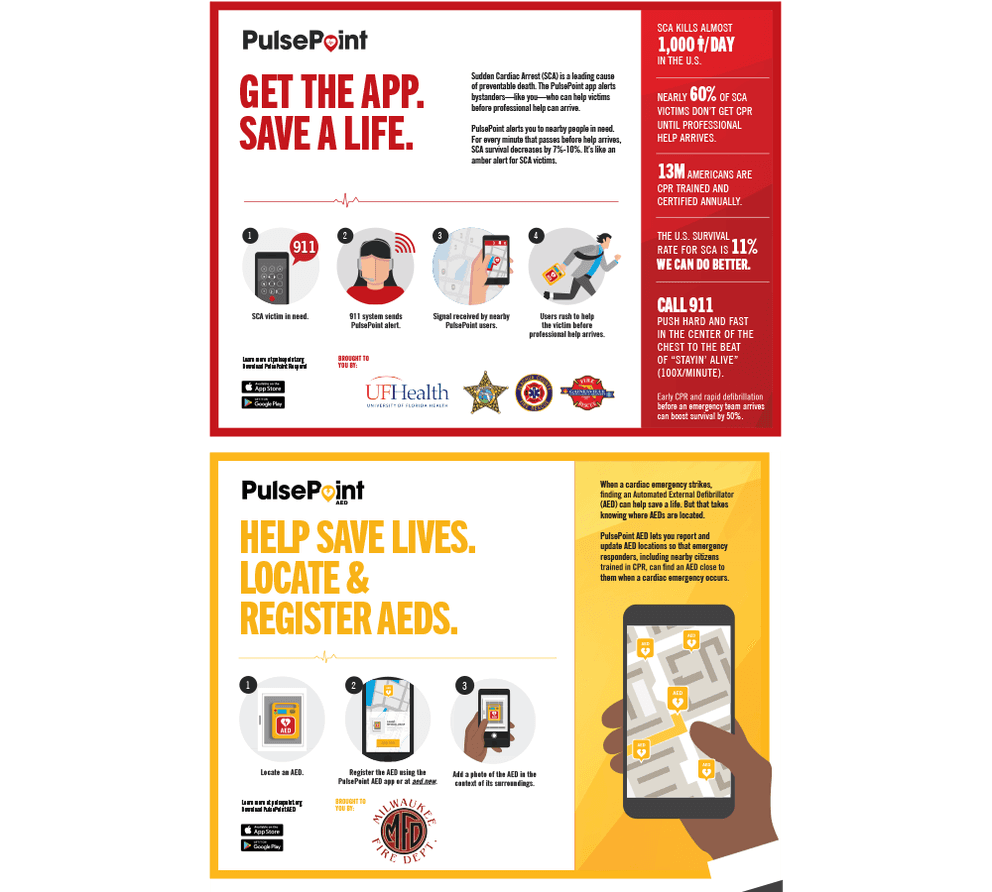
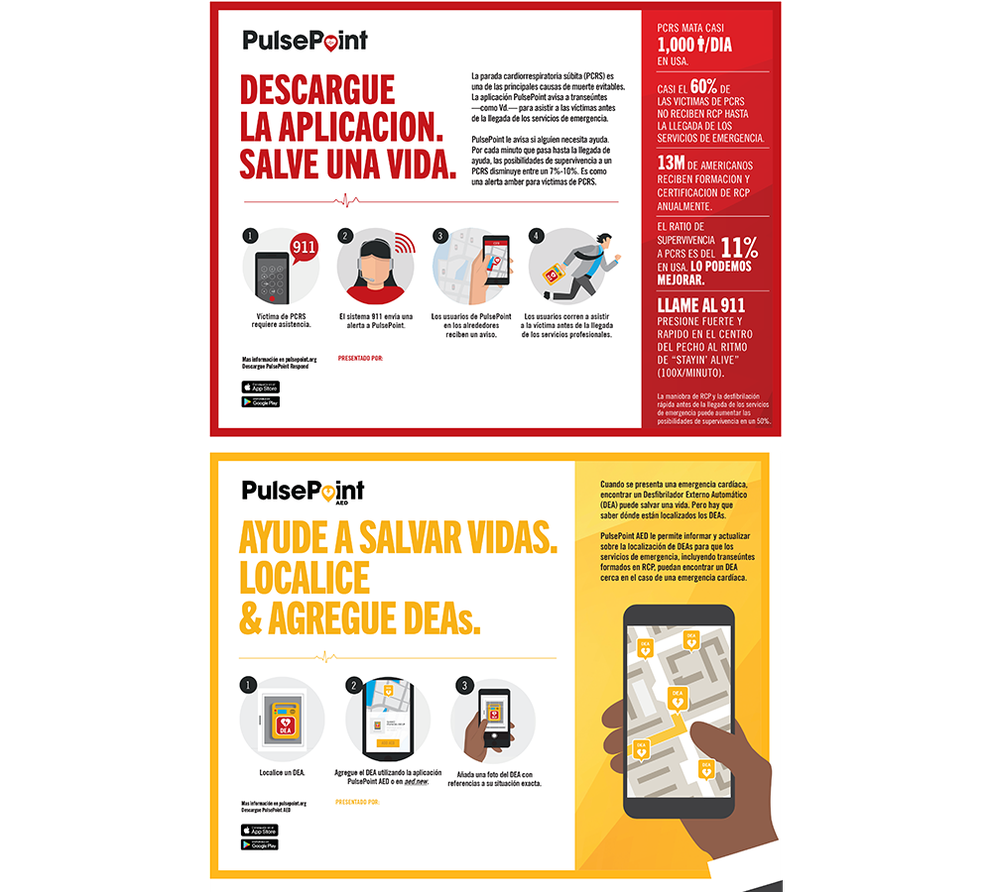
Banner
This item is typically created as a one-sided 2′ x 6′ or 3′ x 10′ vinyl product customized with agency and sponsor logos. Banners can be used indoors or outdoors and commonly include grommets or pole pockets for easy hanging.
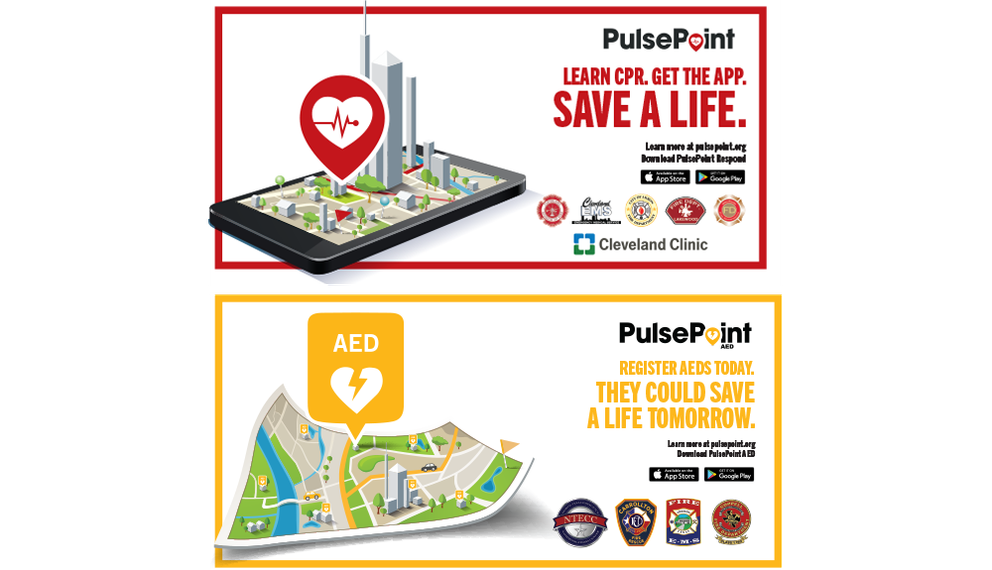
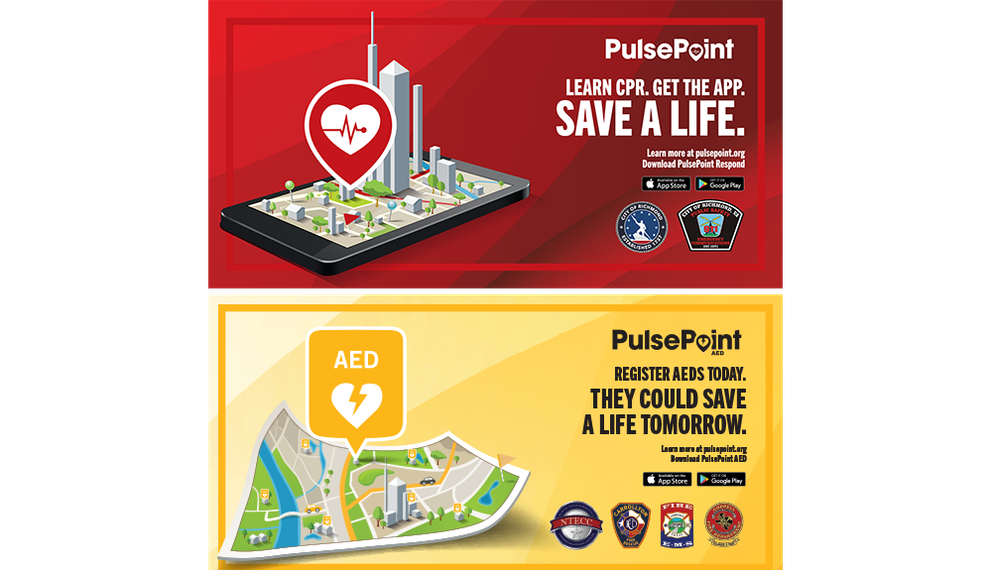
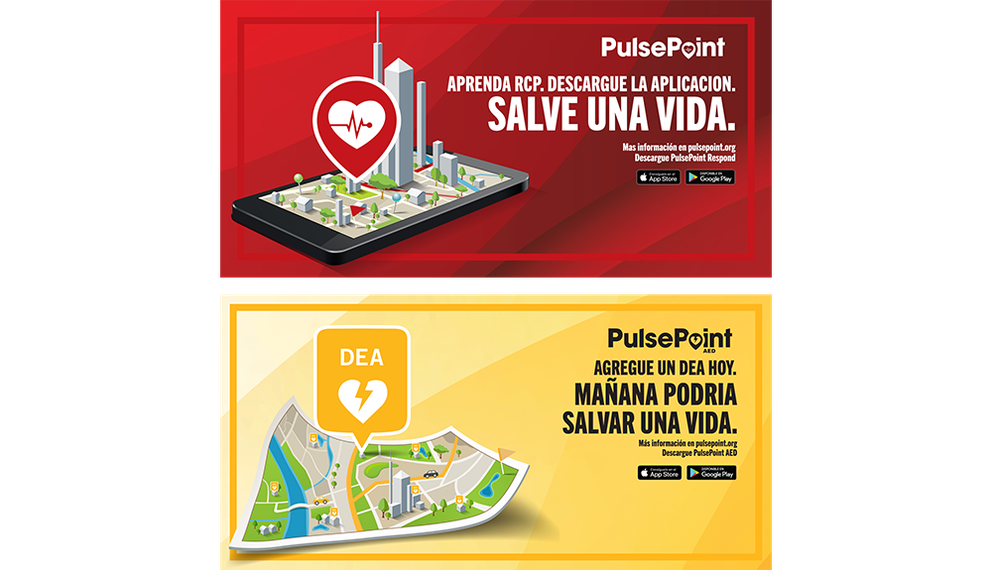
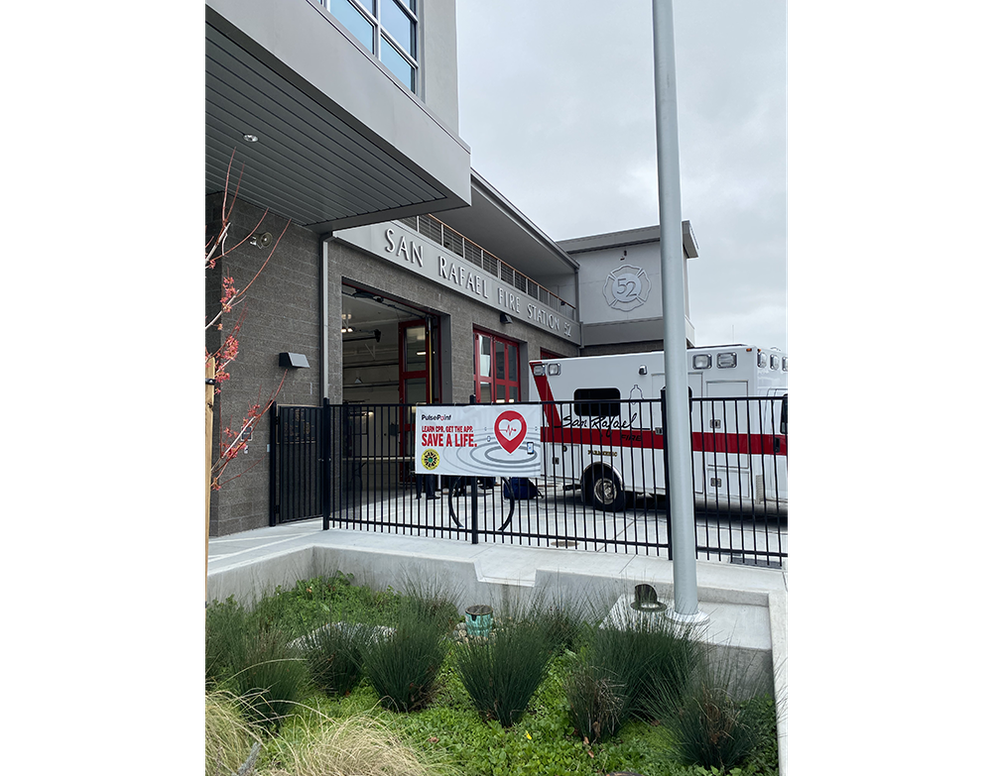
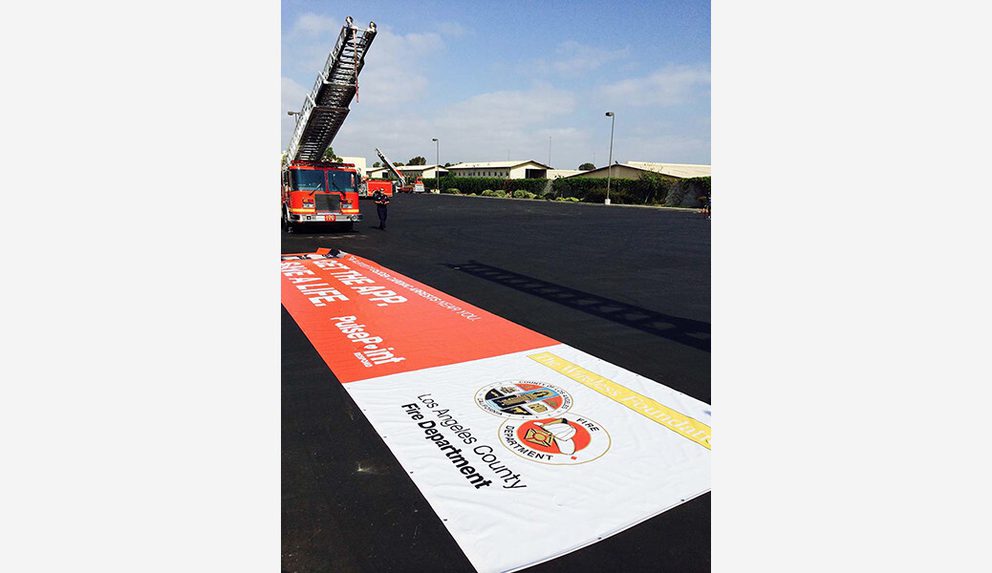
Retractable Banner
Retractable banners stand on their own and create a simple and convenient pop up display. They are durable and very easy to transport and store. This item is typically created as a one or two-sided 36″ x 80″ or 36″ x 92″ self-contained product with case, customized with agency and sponsor logos.
